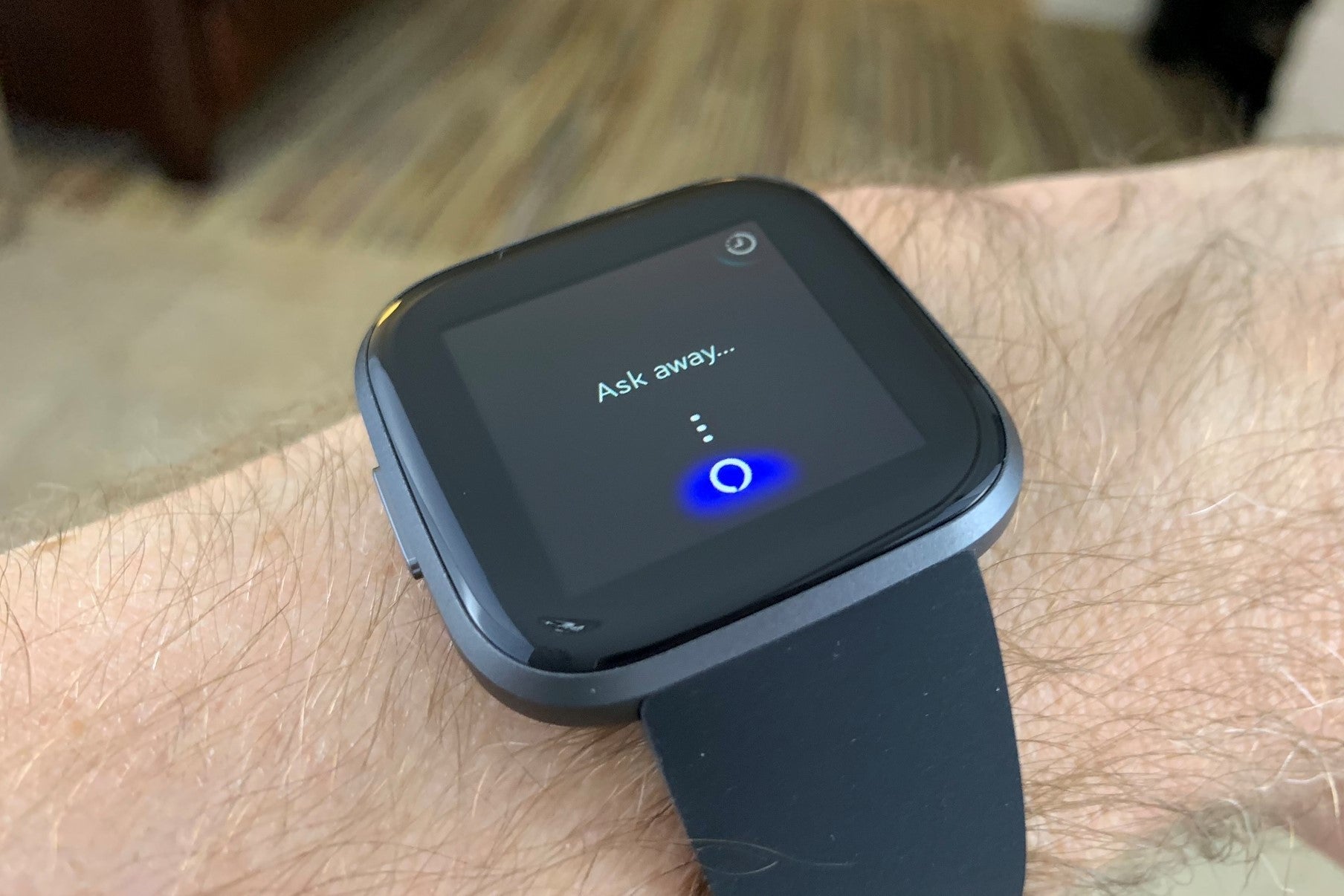
Set up is simple - once you’re on the app, it will take you through connecting your phone to the device step-by-step. The Fitbit app (opens in a new tab) is needed in order to use the Fitbit, and it’s completely free (a premium version is available to access more features, but I didn’t find this necessary). The battery was more than halfway full as soon as I took it out of the box so I was able to connect it to my phone immediately.

There’s a lot to dig into, but I’ll cover the most popular features and the ones I found myself using most often. The Versa 2 strikes a balance between everyday activity tracking and more in-depth health information. It's the most affordable smartwatch option that Fitbit offers, so those looking for a wearable that incorporates the solid data the brand is known for might be interested in trying it out. While I've tested other Fitbit devices and currently own an Apple Watch, the Versa line of products is new to me, so I looked forward to trying out the Versa 2.

Think: Do you just want to know how fast you ran that mile or do you want your device to show you texts and remind you of meetings? By now there are plenty of options, but the seemingly overwhelming market means there’s a device that can fit into your activity and lifestyle preferences. Wearables have become the standard these days, giving users insight into their daily movement and making tracking workouts easier than ever.


 0 kommentar(er)
0 kommentar(er)
